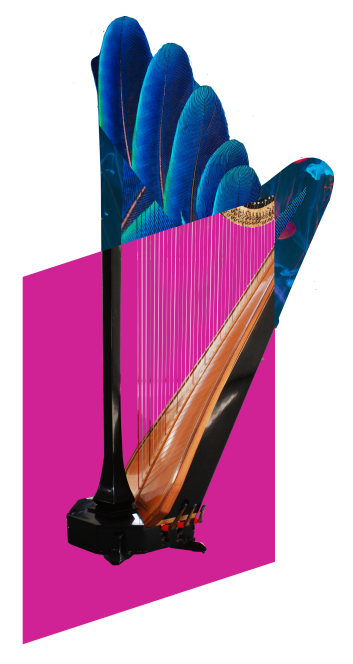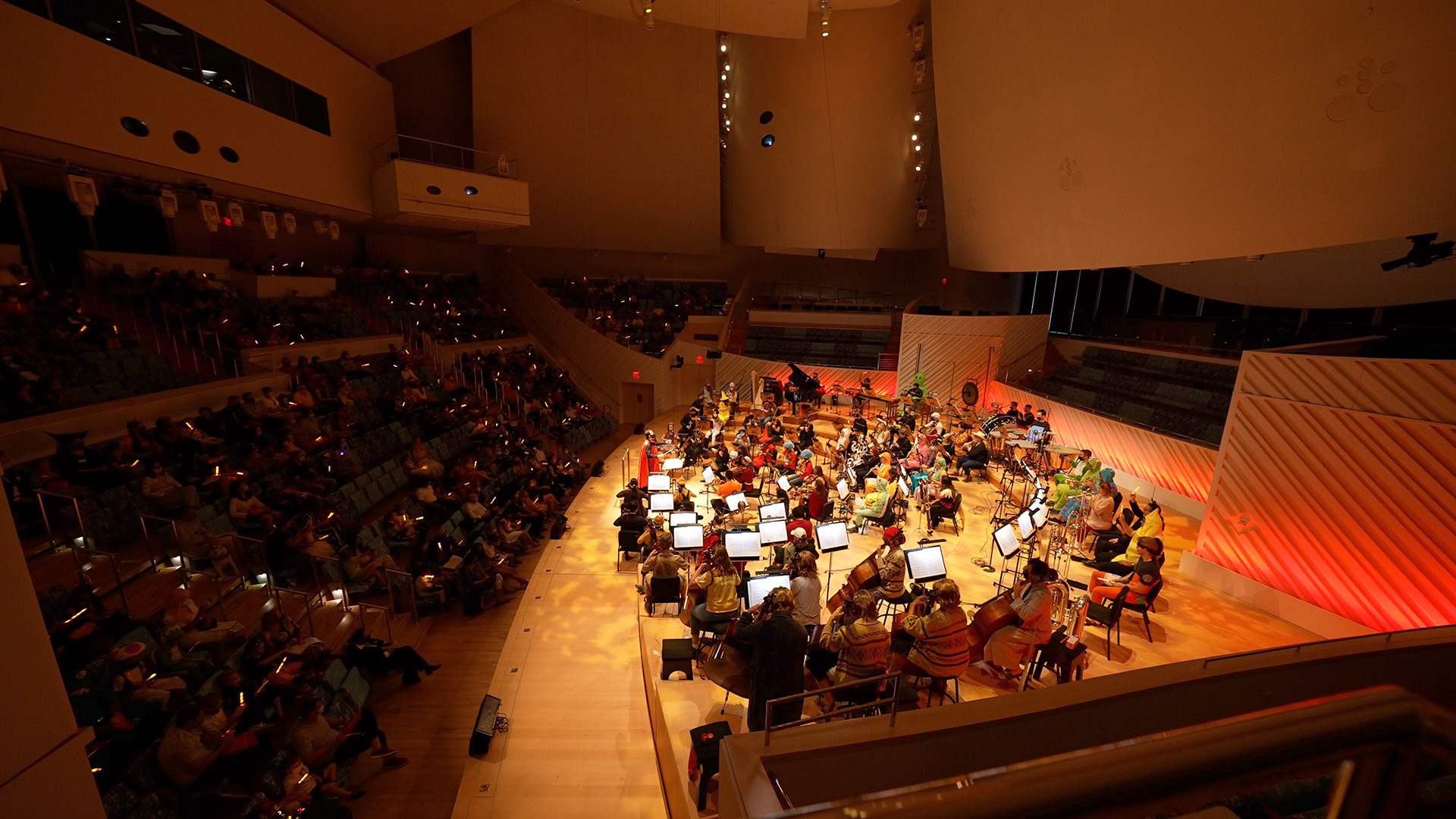Melody, Theme, or Motif

Goals
Audience will recognize and better hear the melody of a piece.
Overview
Map the melody for the audience.
Process
- In the piece you are performing, identify the melody (or theme, or motif, or pitch-class set, etc.) that you would like your audience to be able to identify.
- Present this melody to your audience, by singing or performing.
Audience Type

What does this activity look like in action?
Example Script:
Piece: Margaret Bonds – Montgomery Variations
Performer: Our next piece on the program is “Montgomery Variations” by composer Margaret Bonds. These variations are based on the spiritual “I Want Jesus to Walk with Me.” We hear this melody right away at the beginning of the first movement “The Decision”. Let’s listen to it once. (Play opening of I. The Decision). This theme is the basis for all these variations, so keep your ears open for it throughout the movements.

Modifications
- Create: Have the audience sing this melody with you.
- Move: Have the audience wave their hand along with the melody you are performing, by height if you would like to teach the term “contour”.
- You can go more in depth with this activity by presenting a story behind the melody.
Notes
- This activity can help an audience digest a less melodic or tonal piece of music by finding a recurring theme, motif, or melodic idea, and bringing attention and repetition to it. For example, in an atonal work, the performer could help identify a pitch-class set like (014), and play a few examples where that set occurs.
- In a programmatic work, the performer could identify different motifs that happen throughout the performance and explain their meaning
- Can be paired with “Air Drawing: Contour”.
Create interactive performances. We have activities to help you connect with your audiences.


